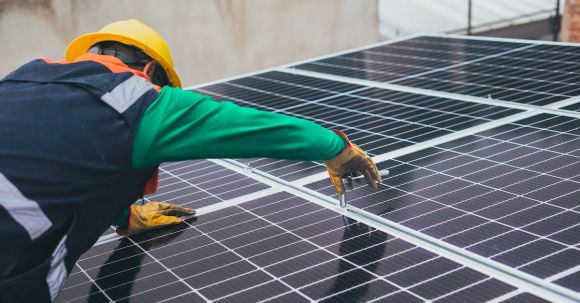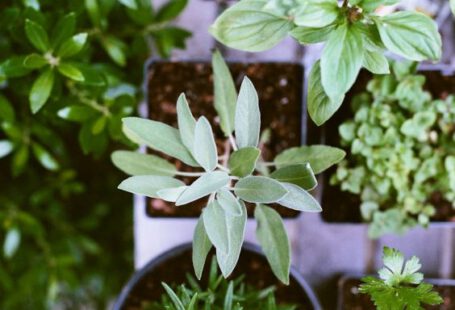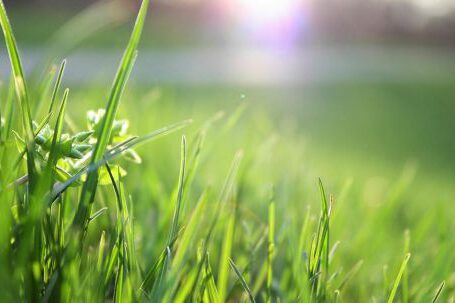Maintaining a garden can be a rewarding and fulfilling experience, but it’s essential to do so in a sustainable way. By using techniques that promote environmental stewardship, we can ensure the health and longevity of our gardens while minimizing our impact on the planet. In this article, we will explore some effective techniques for sustainable garden maintenance.
1. Water Conservation
One of the most critical aspects of sustainable garden maintenance is water conservation. By implementing efficient watering practices, we can reduce water waste and promote healthier plants. Some techniques to consider include:
– Collecting rainwater: Install rain barrels or cisterns to collect rainwater, which can then be used to water your garden. This not only reduces the demand for freshwater but also helps prevent runoff and erosion.
– Drip irrigation: Utilize drip irrigation systems that deliver water directly to the roots of plants. This method is more efficient than overhead sprinklers and can reduce water usage by up to 50%.
2. Soil Health
Maintaining healthy soil is crucial for sustainable gardening. Healthy soil provides essential nutrients to plants, retains water more effectively, and promotes beneficial microbial activity. Here are some techniques to enhance soil health:
– Composting: Start a compost pile or bin to recycle kitchen scraps and yard waste. Compost enriches the soil with organic matter, improves its structure, and reduces the need for synthetic fertilizers.
– Mulching: Apply a layer of organic mulch, such as wood chips or straw, around plants. Mulch helps retain moisture, suppresses weeds, and regulates soil temperature.
3. Natural Pest Control
Pest management is an integral part of garden maintenance, but it’s important to prioritize natural and eco-friendly solutions. By avoiding the use of harmful chemicals, we can protect beneficial insects and maintain a healthy garden ecosystem. Consider the following techniques:
– Companion planting: Interplanting certain crops can help deter pests naturally. For instance, planting marigolds alongside vegetables can repel aphids and other harmful insects.
– Beneficial insects: Encourage the presence of beneficial insects, such as ladybugs and lacewings, by planting flowers that attract them. These insects feed on garden pests and help keep their populations in check.
4. Native and Drought-Tolerant Plants
Choosing native and drought-tolerant plants is a sustainable approach to garden maintenance. These plants are adapted to the local climate and require less water, fertilizer, and pesticides. Additionally, they provide habitat and food for native wildlife. When selecting plants for your garden, consider the following:
– Research native species: Identify the native plants that are well-suited to your region’s climate and soil conditions. These plants are more likely to thrive and require less maintenance.
– Xeriscaping: Design your garden using xeriscaping principles, which emphasize water-efficient landscaping. Incorporate features such as rock gardens, mulch, and water-saving irrigation systems.
In conclusion, practicing sustainable garden maintenance is essential for the long-term health and environmental impact of our gardens. By conserving water, promoting soil health, using natural pest control methods, and choosing native and drought-tolerant plants, we can create beautiful and sustainable gardens that benefit both us and the planet. So, let’s embrace these techniques and cultivate gardens that are not only aesthetically pleasing but also environmentally responsible.





